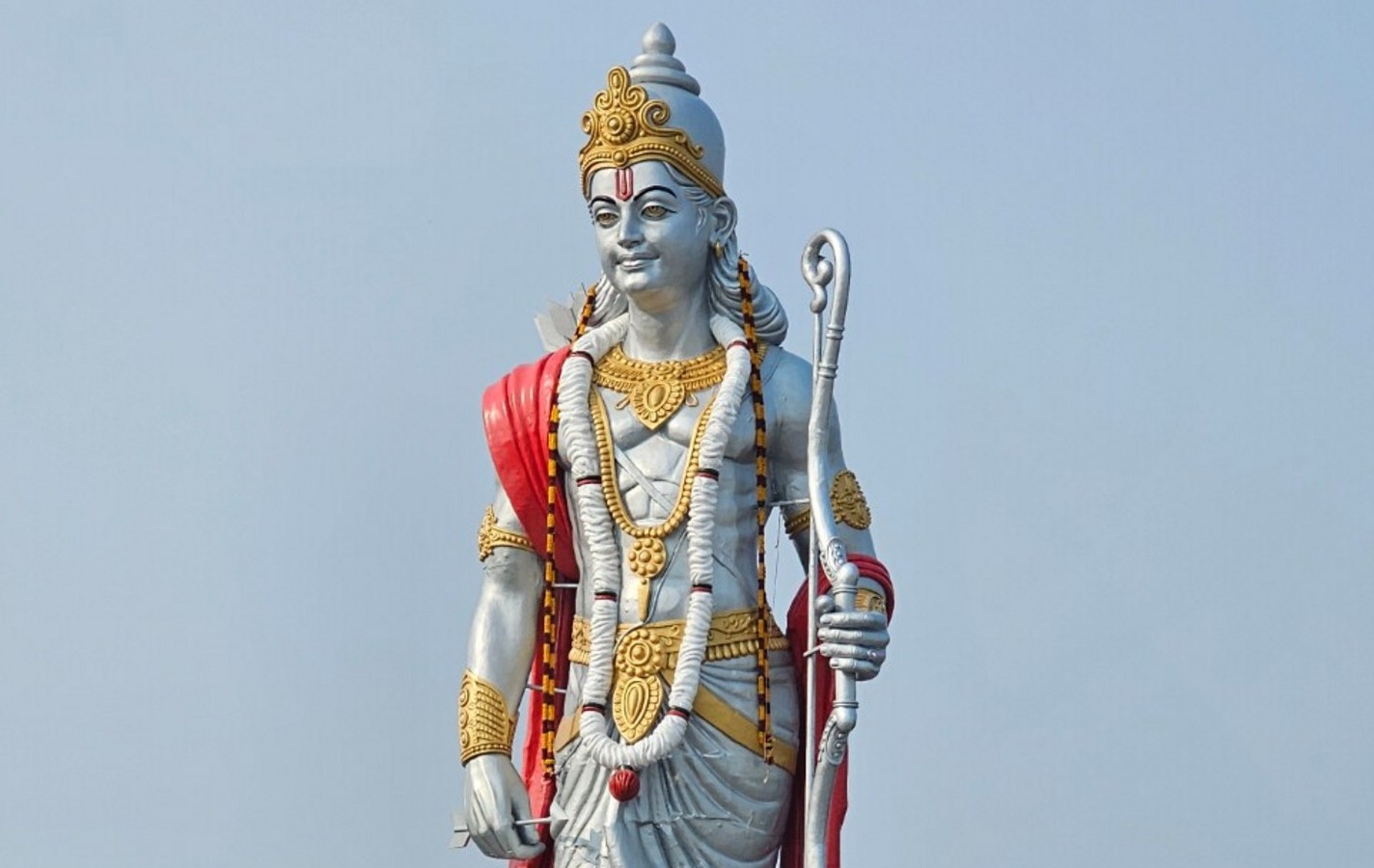
In a resounding win for wildlife conservation, Gujarat has reported a dramatic 32.2% increase in its Asiatic lion population over the last five years. According to the latest lion census, the number of Asiatic lions in the state has risen from 674 in 2020 to 891 in 2024—a powerful testament to sustained ecological efforts, local cooperation, and smarter wildlife management.
This surge spans an estimated 35,000 square kilometers of lion habitat, ranging from the iconic Gir National Park to revenue lands, coastal regions, and agricultural fields. Interestingly, only 384 lions were found within designated forests and sanctuaries. A larger number “507 lions” now thrive outside protected zones. This striking distribution highlights the lions' growing adaptability and the urgent need for conservation efforts beyond traditional forest borders.
The gender and age breakdown of the current population includes 196 males, 330 females, and 140 sub-adults, with 225 cubs indicating a healthy reproductive trend. Notably, Amreli district has emerged as the new lion heartland, recording 257 lions, the highest among all surveyed areas.
High-Tech Tracking and On-Ground Vigilance
The 16th Lion Census, carried out from May 10 to 13, 2024, spanned 58 talukas across 11 districts including Junagadh, Amreli, Bhavnagar, and parts of Gir-Somnath. Unlike tiger censuses that take place every four years, the lion census is a five-year affair. This year’s operation relied on a blend of digital tracking, ground-level pugmark verification, camera traps, and direct sighting—all wrapped into a three-day intensive exercise.
The census, supervised by the National Board for Wildlife and chaired by the Prime Minister at Sasan-Gir, was grounded in modern techniques that enhanced data accuracy and minimized duplication. The use of drone technology and geotagged mapping tools played a key role in locating lions in difficult terrains and non-forest areas.
Project Lion and Community Support
The phenomenal rise in lion numbers can be attributed to Gujarat’s long-standing conservation commitment under Project Lion, which emphasizes habitat enrichment, prey-base enhancement, and minimizing human-wildlife conflict. The state has also invested in expanding veterinary care, building waterholes, and enhancing surveillance.
Seven satellite populations have now been established outside the traditional Gir landscape, including zones like Mitiayala Wildlife Sanctuary, Girnar, and the Savarkundla-Liliya belt. Coastal regions in Bhavnagar and Amreli are also hosting stable lion populations for the first time in history.
Chief Minister Bhupendra Patel praised the forest department and frontline workers, noting that Gujarat's holistic model, “balancing ecology, local livelihoods, and tourism” has set a benchmark in conservation.
Growth Must Be Matched with Space
While the numbers offer much to celebrate, conservationists are sounding a note of caution. Experts like MK Ranjith Sinh warn that population density in unprotected areas is rising faster than habitat availability. “If we do not create more reserves, we risk overcrowding, conflict, and disease outbreaks,” he said.
Wildlife biologist YV Jhala echoed this concern, urging that lion conservation remain free from short-term political agendas. “Lions must remain wild. We owe it to them and to ourselves to protect this rare legacy.”
Gujarat’s roaring success is a symbol of what sustained environmental policy and community involvement can achieve. As the lions venture farther into new territories, the state must now respond with expanded reserves, deeper public awareness, and more robust safety nets—for both animals and the humans who share their home.




.jpeg)





.jpeg)



.jpeg)



.jpeg)
.jpeg)
.jpeg)
